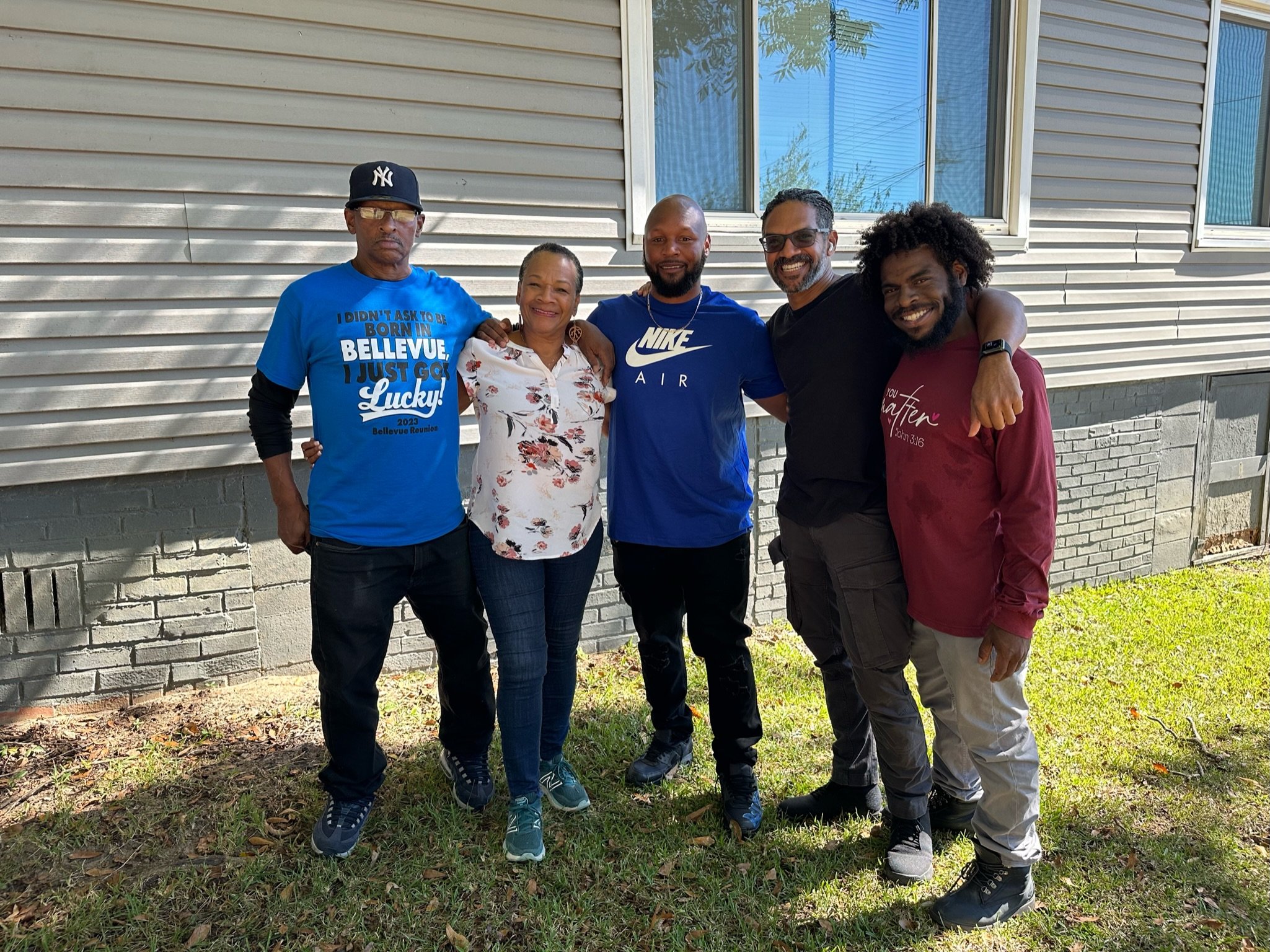SYNOPSIS
1968: Gwendolyn Middleton, an eager, idealistic African American student enters Mercer University in Macon, Georgia. In her first meeting with the head of the Art Department, he tells her “niggers aren’t smart enough to earn a degree from this department.”
Undaunted, over the next four years she completes the coursework for a double major in Biology and Studio Art, envisioning a career as the first African-American medical illustrator. Just weeks before graduation, the same professor takes her aside to tell her that her work is “too controversial” to comprise the required Senior Exhibit; thus, preventing her from receiving her Studio Art degree.
She was devastated and felt powerless. Even at relatively-progressive Mercer, a Southern University trying to integrate the historically white campus, there was no one in a position to intervene on her behalf.
Almost fifty years pass.
Gwendolyn’s flight is delayed and she arrives at the Atlanta airport after midnight, with two hours to wait before her shuttle bus departs.
She strikes up a conversation with another stranded woman who turns out to be a Distinguished Professor of History at Mercer.
Over the next few months, something amazing happens.
The Atlanta Journal-Constitution runs a long article about Gwendolyn’s story. A stranger reads it and then visits an art gallery at Mercer.
Deeply moved, she writes a lament, calling on God to bring healing, comfort, and justice. When she sends this lament to Gwendolyn,
something even more amazing occurs.
“Breathtaking and inspiring.”

THE FILMING
Gwendolyn Payton met Dan and Brenda Van Ness at a Racial Reconciliation Group organized by a Virginia church. As Gwendolyn shared her remarkable story with the group, the idea of creating a documentary emerged.
Over a few weeks in the fall of 2023, a small film crew, led by Director Khary Payton, gathered in Macon, Georgia, to interview Gwendolyn, members of her family, faculty and students from Mercer, experts on desegregation, racial trauma and reconciliation, and fellow classmates from the earliest years of the University’s wrenching transition of integration in the 1960s.
New information emerges from these interviews. The narrative becomes more troubling and even more miraculous.


























